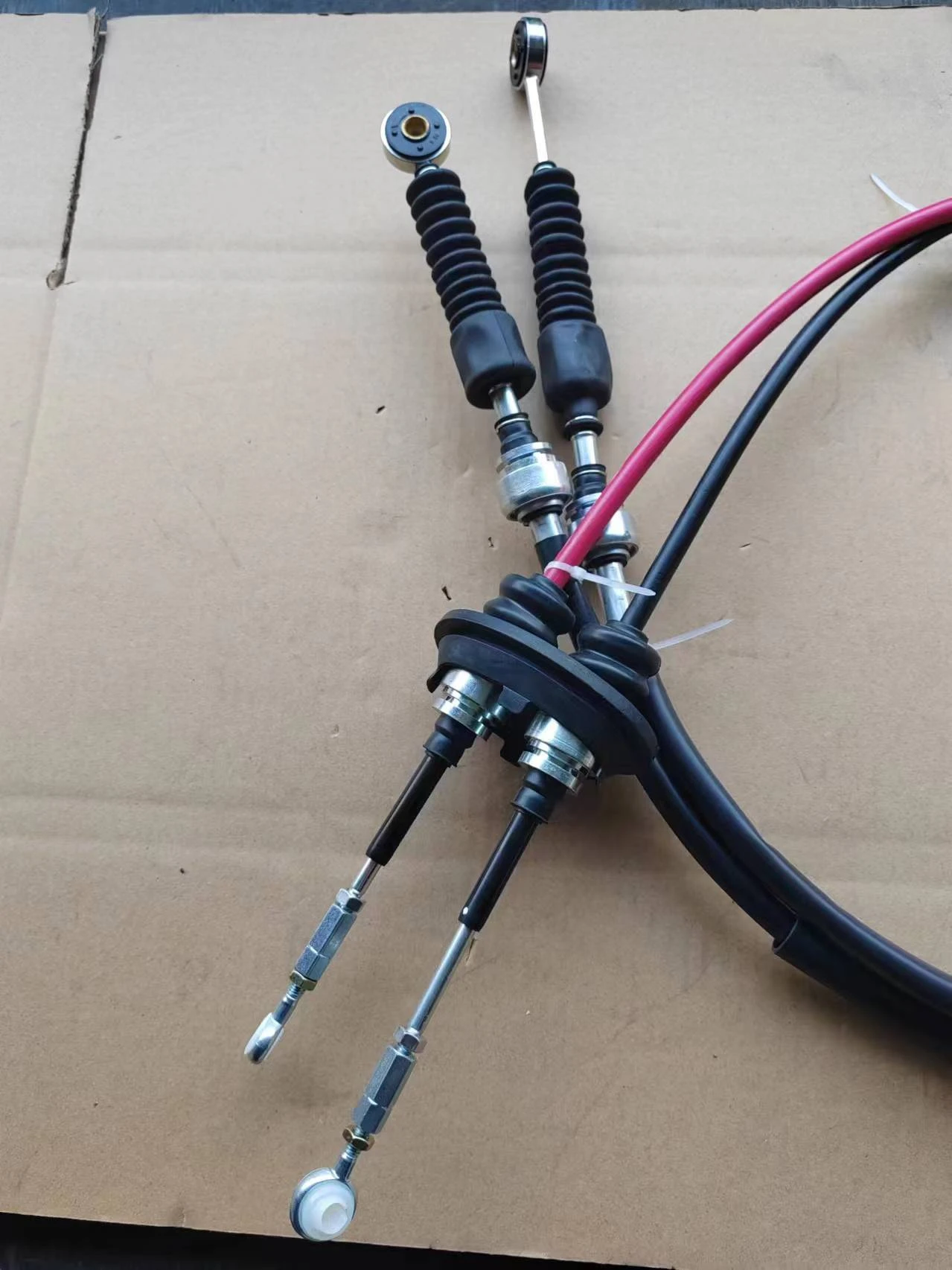throttle cable assembly
Understanding Throttle Cable Assembly A Key Component in Engine Control
The throttle cable assembly is a crucial part of an engine's operation, playing a vital role in controlling the power output of vehicles, motorcycles, and various machinery. It serves as a direct link between the accelerator pedal and the throttle body, which regulates the air and fuel mixture entering the engine. Understanding how this assembly works can help mechanics and vehicle owners appreciate its significance in overall vehicle performance and maintenance.
At its core, the throttle cable assembly consists of a flexible cable housed within a protective casing. This cable connects the accelerator pedal to the throttle lever on the engine. When the driver presses down on the accelerator pedal, the cable pulls on the throttle lever, opening the throttle plate. This process allows more air and fuel into the engine, thus increasing its power output. Conversely, when the pedal is released, the throttle plate closes, reducing the engine's power and slowing the vehicle down.
One of the essential features of throttle cables is their ability to provide smooth and accurate control over engine acceleration. Modern vehicles often utilize electronic throttle control (ETC) systems, which replace the traditional cable setup with electronic sensors and motors. However, many older models and some machinery still rely on the mechanical throttle cable assembly due to its simplicity and reliability.
throttle cable assembly

Regular maintenance of the throttle cable assembly is vital for optimal vehicle performance. Over time, the cable can become frayed or damaged, which may lead to erratic engine behavior or a lack of response when accelerating. It's essential to inspect the cable for signs of wear and tear, such as fraying, kinks, or corrosion, especially in vehicles that are regularly exposed to harsh conditions. Lubrication of the cable can also help maintain its flexibility and extend its lifespan.
Installation and replacement of a throttle cable assembly are relatively straightforward processes. Most enthusiasts can tackle the job with basic tools after ensuring safety precautions are in place. It typically involves detaching the old cable from both the accelerator pedal and the throttle body, measuring the new cable against the old one for proper length, and then installing it securely.
In conclusion, the throttle cable assembly is a small yet essential component in the complex machinery of an engine. By understanding its function and maintaining it properly, drivers can ensure that their vehicles perform optimally and respond reliably to their commands. Regular inspections and timely replacements can prevent potential issues, keeping both the driver and the vehicle safe on the road.
-
Upgrade Your Vehicle with High-Quality Handbrake CablesNewsNov.01,2024
-
Optimize Your Bike's Performance with Quality CablesNewsNov.01,2024
-
Enhance Your Vehicle's Performance with Quality Clutch ComponentsNewsNov.01,2024
-
Elevate Your Vehicle's Performance with Quality Throttle CablesNewsNov.01,2024
-
Elevate Your Vehicle's Performance with Quality CablesNewsNov.01,2024
-
Affordable Solutions for Your Cable NeedsNewsNov.01,2024
